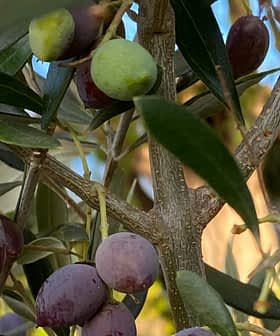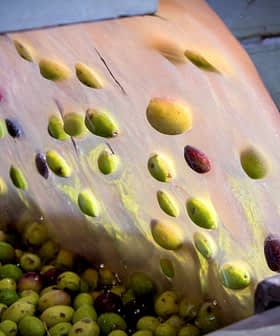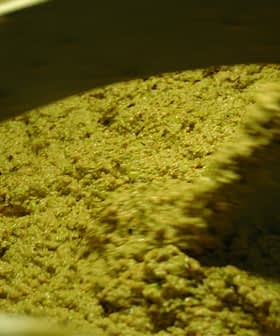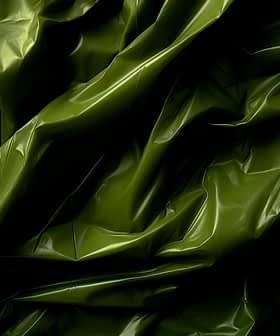How 1 Tbsp of Olive Oil Calms Half an Acre of Waves
A Harvard lecturer demonstrates how a mere tablespoon of olive oil can calm half an acre of waves.
In a video posted online, Harvard lecturer Greg Kestin demonstrates how a tablespoon of olive oil can calm waves on a lake, explaining the science behind the phenomenon. Kestin shows that the oil molecules interact with water molecules in a way that prevents the wind from creating waves, covering a large area and calming the surface of the water.
A video posted online shows a Harvard lecturer demonstrating how a mere tablespoon of olive oil can calm half an acre of waves. The scientist, Greg Kestin, explains the science behind the mind-blowing phenomenon.
Kestin can be seen at the beginning of the footage navigating on a lake in a canoe. He then pours a tablespoon of olive oil into the water as a countdown starts.
The footage is accelerated so it resembles a time-lapse and the oil has already spread quite far during the first minute of the experiment. Two minutes in, the oil has already covered a large surface around the canoe and waves that were present on the surface have essentially disappeared.
Eight minutes later, the olive oil is covering a surface around the canoe that is equivalent to half an acre, and waves have completely calmed down in that area.
Kestin, who posts on his YouTube channel What The Physics? goes on to explain how such a tiny quantity of olive oil has basically managed to calm the waves on such a large perimeter. His explanation is rather simple and is has to do with the way oil and water molecules interact with each other.
Oil molecules are double sided with positively and negatively charged ends. The oil molecules deprotonate — they lose a positively charged proton — when they come in contact with the water molecules.
The oil molecules flip onto their negatively charged ends when they touch the water molecules, which are positively charged (Positively charged particles attract negatively charged ones, and vice versa.) The negatively charged ends of the oil molecules flip towards the surface of the water while the positively charged ends flip towards the sky.
The result is that each and every oil molecule that was contained in the tablespoon of olive oil has no choice but to spread out across the surface of the water once it touches it.
The oil molecules eventually form a layer that is just one molecule thick; that scrimpy layer of olive oil is what prevents the wind from making waves at the surface of the water.
“Usually, the wind builds up waves by getting traction on the surface of the water but here, the oil acts like a tangled shaggy carpet on top of the water, which doesn’t bend or stretch easily, so instead of making waves, the wind just drags the carpet across the water,” explained Kestin.
That’s how a mere tablespoon of oil was able to cover such a large area and calm the waves.
Just imagine what it can do for your bruschetta.









